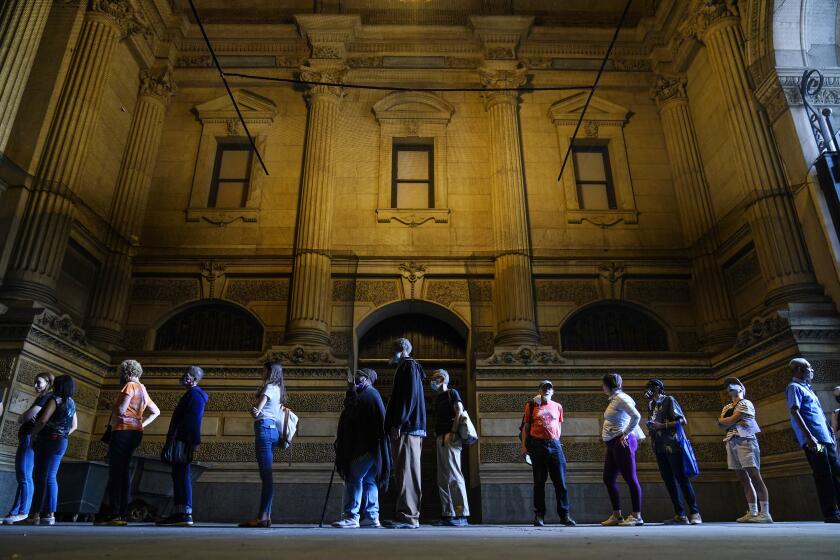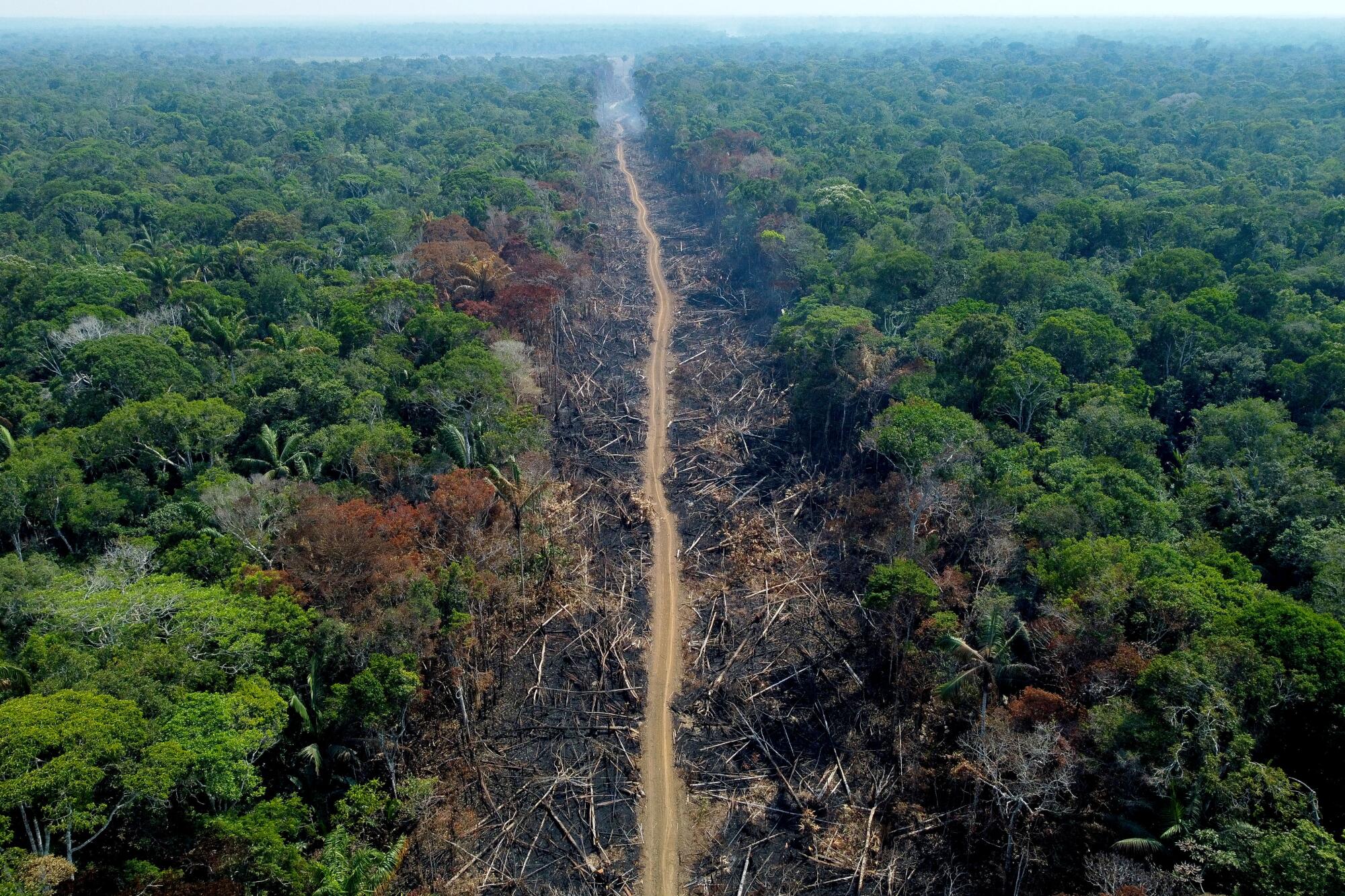
- Share via
SAO FELIX DO XINGU, Brazil — Over the last four years, Wenatoa Parakana has watched the rainforest her ancestors fiercely defended being cut down at a breakneck pace.
In this remote slice of the Brazilian Amazon, pristine jungle is giving way to cattle pastures and loggers are felling thick trees that have stood for centuries. Hoping to strike it rich, wildcat miners are heading deep into the forest in search of gold.
“They’re invading our land,” said Wenatoa, a 32-year-old community leader, as she stood outside the cooking hut in her village in the Apyterewa Indigenous reserve. “They are toppling trees, planting soybeans.”
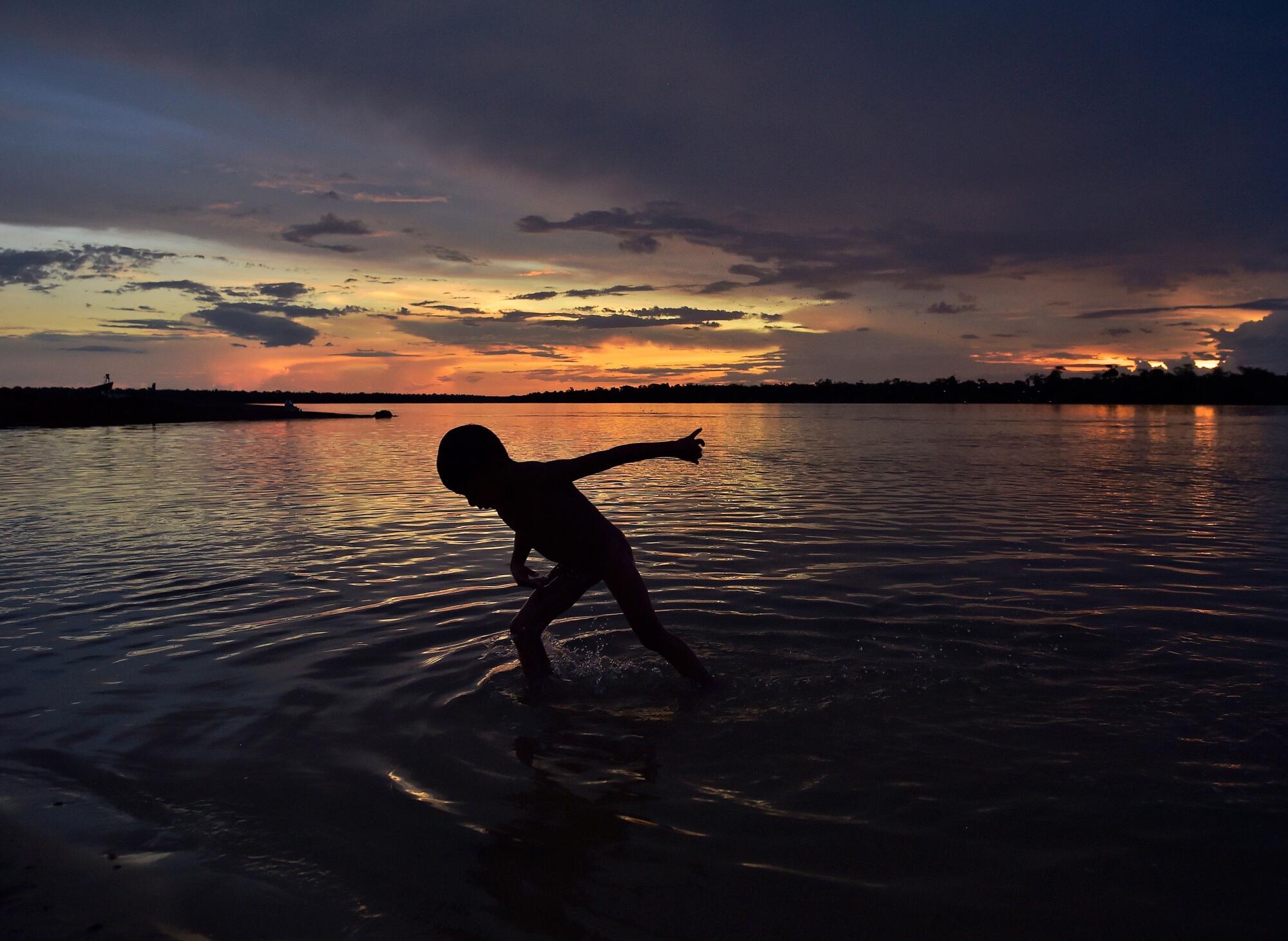
With deforestation advancing, hunting in the thinning patches of jungle has become tougher for the roughly 900 Parakana Indigenous people who live in the 1.9-million-acre reserve. Illegal mining has polluted the Xingu River, leaving residents without clean water.
But for Wenatoa and other Amazon dwellers, there’s a glimmer of hope on the horizon: Newly elected Brazilian President Luiz Inácio Lula da Silva has vowed to halt the destruction of the rainforests and throw invaders out of Indigenous reserves like this one.
“Lula is our only hope,” she said. “He will help us.”
Voters with no religious affiliation supported Democratic candidates and abortion rights by large percentages in the 2022 midterm elections.
Deforestation in Brazil hit longtime highs under outgoing President Jair Bolsonaro, who scoffed at international pleas to curb the destruction while weakening environmental policing. Claiming that forest protections limit economic growth, he advocated for opening protected lands to mining and ranching.
The results have been stark: Land speculators have encroached deep into the rainforests, and parts of Brazil’s Amazon now emit more carbon than they capture. Scientists warn that the forest is hurtling toward a tipping point at which it will turn into a savanna, with devastating consequences for the global climate.
Lula, who is poised to take office Jan. 1 after narrowly defeating Bolsonaro, has promised the government would turn over a new leaf. Making the environment a cornerstone of his agenda, he has vowed to crack down on deforestation, punish those encroaching on the forest and make Brazil a leader in the global scramble to combat climate change.
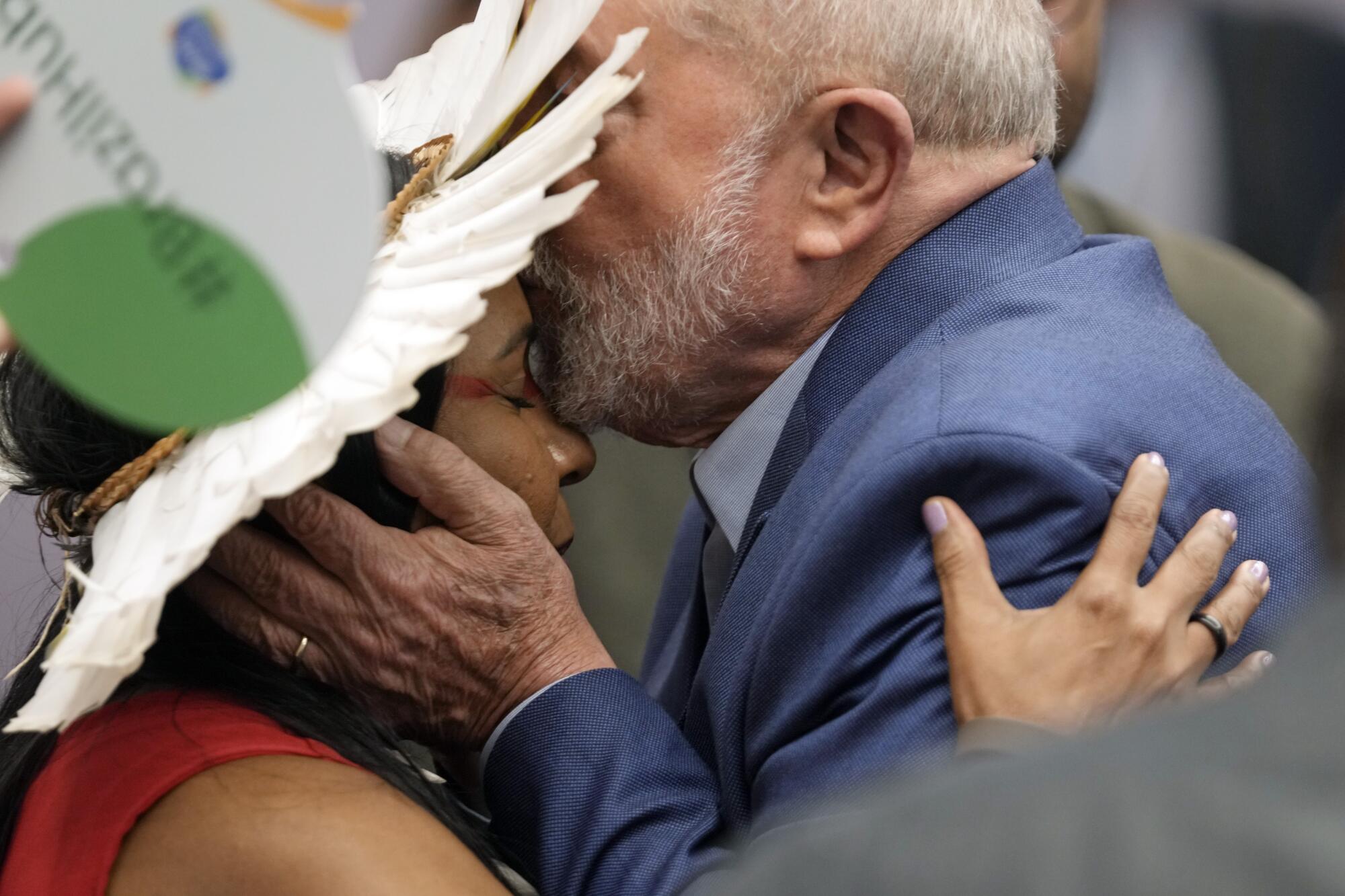
“I am here to say to all of you that Brazil is back,” Lula said at the United Nations climate summit in Egypt last month, as hundreds of attendees cheered and chanted his name. “You all know that we are going to undertake a major fight against deforestation.”
Already, Lula has negotiated the relaunch of an international Amazon fund that once bankrolled conservation projects until it was suspended in 2019 amid soaring deforestation, freezing more than $500 million in aid.
He is also courting new donors, including the U.S. and Britain, in a bid to raise badly needed cash to fund his ambitious goal of ending deforestation by 2030.
In a nod to those on the front lines of the fight to preserve the Amazon, Lula is also widely expected to quickly start demarcating Indigenous lands again, a process paralyzed by Bolsonaro that is widely seen as one of the most effective ways of preserving forests.
“It would send a message, not only to Indigenous people, but to anyone worried about the environment,” said Celia Xakriaba, a newly elected Indigenous congresswoman and member of Lula’s transition team. “It’s a unique moment of opportunity, a chance to move forward and reverse the damage.”
Lula’s pledges have fueled hopes — at home and abroad — that he may be able to save the Amazon, nearly two-thirds of which lies within Brazil. The rainforest is one of the world’s most important carbon sinks, absorbing about 2 billion metric tons of atmosphere-warming gases per year, but it has lost 10% of its native vegetation over the last four decades, according to a new report.
During his two terms in office, between 2003 and 2010, Lula implemented a multi-year plan that slashed deforestation by 80% and turned Brazil into an environmental leader. Now, he plans to replicate this success, by once again beefing up policing and offering communities incentives for preserving the forest.
“Lula will have to relaunch this plan, looking at what worked well in the past but also with an eye on the present and the future,” said Mariana Mota, a public policy specialist at Greenpeace Brazil.

But simply reviving these policies, dismantled under Bolsonaro, may not be enough to curb the destruction this time around. As Lula returns to office, he will face a hostile Congress that includes Bolsonaro allies such as Ricardo Salles, a former environment minister who resigned last year after being linked to an illegal logging scheme.
And a powerful farming bloc in Congress could undermine Lula’s efforts to advance a green agenda by pushing forward proposals that aim to make deforestation and land grabbing easier.
“It’s essential that these bills don’t advance,” Mota said. “Because if they are approved, it will bury the possibility of Lula fulfilling his promises on deforestation.”
With Brazil facing a gaping deficit amid a painful economic slowdown, Lula will also need to look abroad for fresh sources of cash to fund conservation efforts, while convincing lawmakers to remove fiscal barriers that bar him from spending beyond the country’s budget.
Experts say that, perhaps most urgently, Lula will have to rebuild the state’s capacity to fight deforestation, bolstering environmental enforcement agencies that were gutted of staff and resources under Bolsonaro.
“The government will have to show that things have changed, that Brazil is punishing environmental crimes again,” said Marcio Astrini, executive secretary of Brazil’s Climate Observatory, a coalition of environmental groups.
Still, deep in the Amazon, where many survive off the destruction of the rainforest, conservation remains a tough sell. Illegal mining, land grabbing and ranching have become engines of economic growth in some forest communities. Here, the appeal of beef and gold — and the quick cash they bring — is far stronger than greener alternatives.
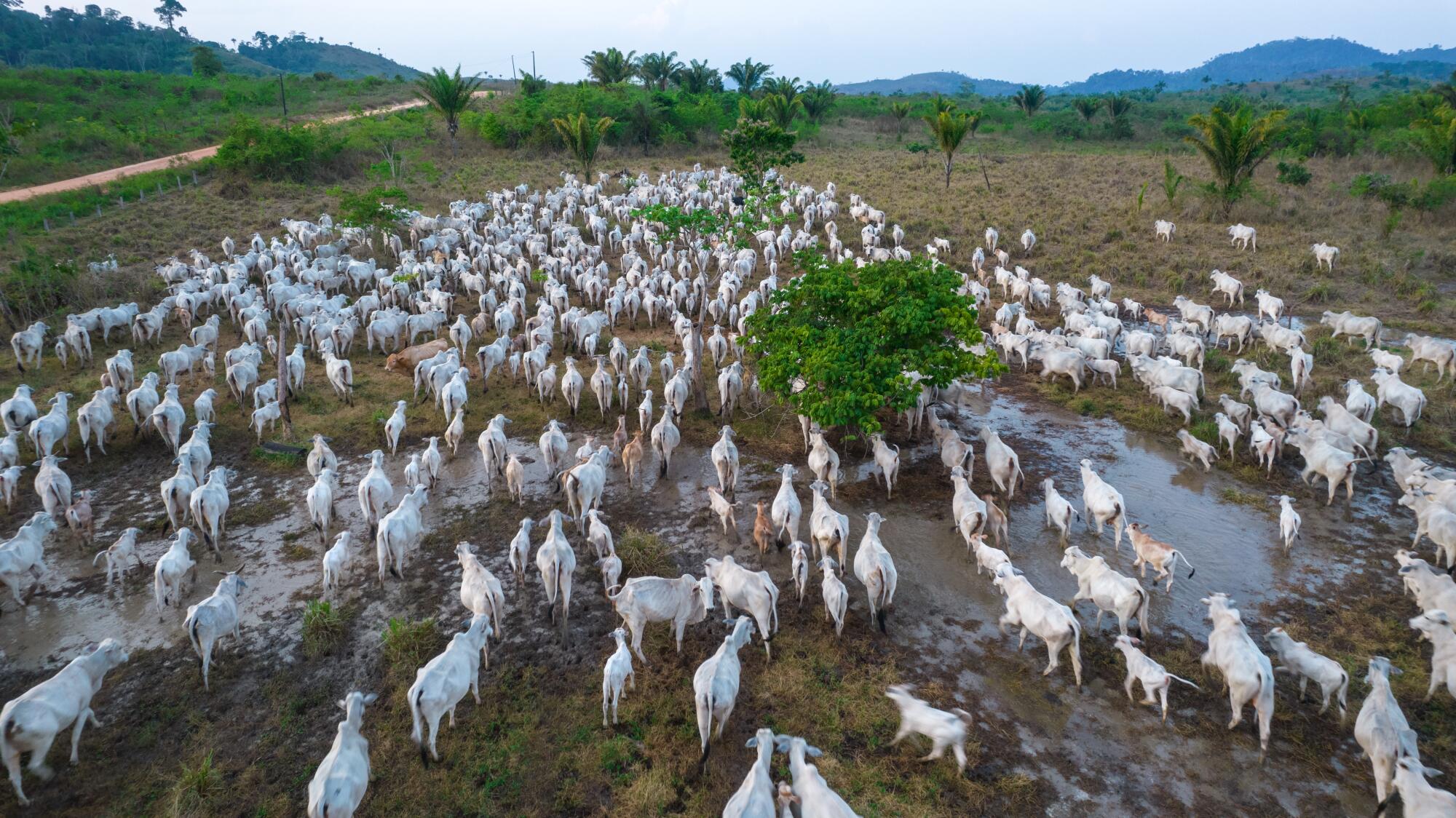
“There will be resistance; these activities won’t stop overnight,” Astrini said. “Because there is a lot of money involved. There was investment in environmental crime over the last four years.”
Lula has offered a different, albeit vague, vision. He says communities can earn an income without cutting down trees, instead extracting exotic fruits, and ingredients for new medicines and luxury cosmetics from the jungle.
In Triunfo do Xingu, some are already turning their backs on harmful economic models.
For decades, Maria da Conceicao Alves Rodrigues, 71, raised cattle on a 30-acre plot of land in this reserve, which has become one of the most deforested slices of the Brazilian Amazon despite being earmarked for sustainable development.
Now, her family is planting cocoa trees, helping reforest this patch of jungle.
“I didn’t want to mess around with cattle anymore,” Rodrigues said in a shady patch in front of her farmhouse, flanked by acai palms and banana shrubs that have replaced the cattle pasture.
Her son, Adivino Estelita Alves, 52, chimed in: “We are planting so we can have an income in the future. Cocoa is a sustainable source.”
But their family’s cocoa trees will take years to yield fruit and bring prosperity. And success is far from certain: This year, intense drought killed hundreds of seedlings. Planes dousing pesticides over neighboring soy fields pose yet another threat.
“We still can’t live off our harvest,” Alves said. “But we’re planting more and more. We want to succeed.”

The agroforestry project, aimed at planting roughly 40,000 cocoa trees in this region, shows a way forward while highlighting the challenges that lie ahead. Unlike soybean plantations, which require vast stretches of clear-cut land, cocoa farms can mimic natural forests, capturing carbon dioxide and providing habitat for animals. In Triunfo do Xingu, cocoa trees are being planted alongside dozens of other plant species, re-creating the forest that once stood here.
It would probably be impossible without the help of the Nature Conservancy, a global nonprofit funded by donations from companies such as Amazon and Mondelez, which is guiding farmers including Rodrigues.
“For a long time, there wasn’t anything else but cattle here,” said Gustavo Mariano Rezende, a specialist in ecological restoration at the conservancy. “And cocoa has come as this big alternative. But these families still need the know-how to be able to care for it.”
Back in Apyterewa, Wenatoa and her family piled into a roughly built wooden house as night fell. Sinking into a hammock, she pulled her toddler into her lap and settled in front of a battered satellite television for the nightly news.
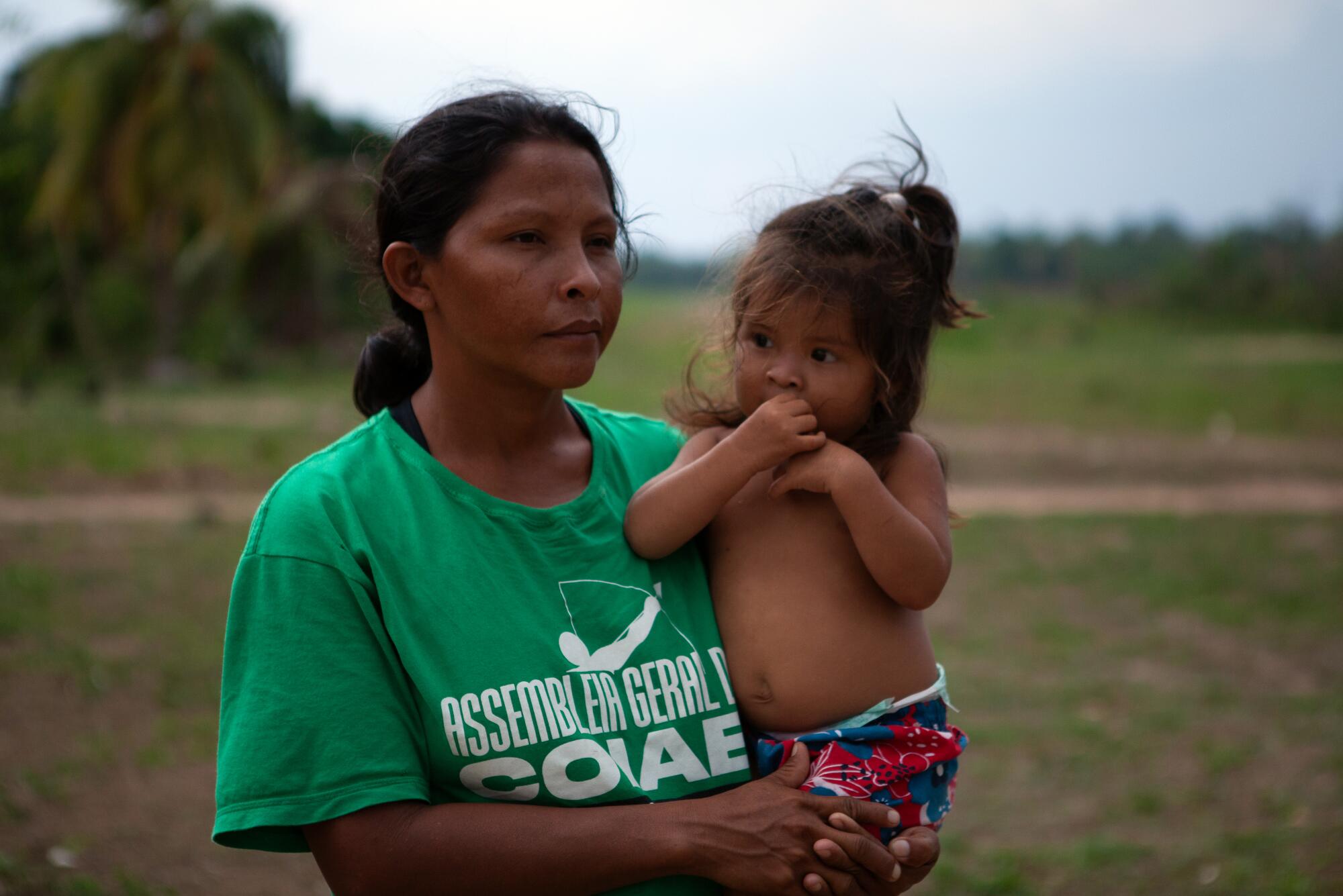

A solemn-looking Lula spoke from the U.N. climate summit, more than 6,200 miles away. In an impassioned speech, he promised Indigenous people would have a voice in his government.
Lula’s legacy in Apyterewa is mixed. The Parakana credit him for demarcating their reserve in 2007, ending a decade-long struggle for land rights.
But his government was also the driving force behind the behemoth Belo Monte hydroelectric dam, which wiped out their traditional way of life and bitterly divided the Parakana.
Still, Wenatoa and others here seem ready to welcome Lula back with open arms.
“We have hope,” she says. “Now that he’s back, things will get better for us.”
Ionova is a special correspondent.
More to Read
Sign up for Essential California
The most important California stories and recommendations in your inbox every morning.
You may occasionally receive promotional content from the Los Angeles Times.
